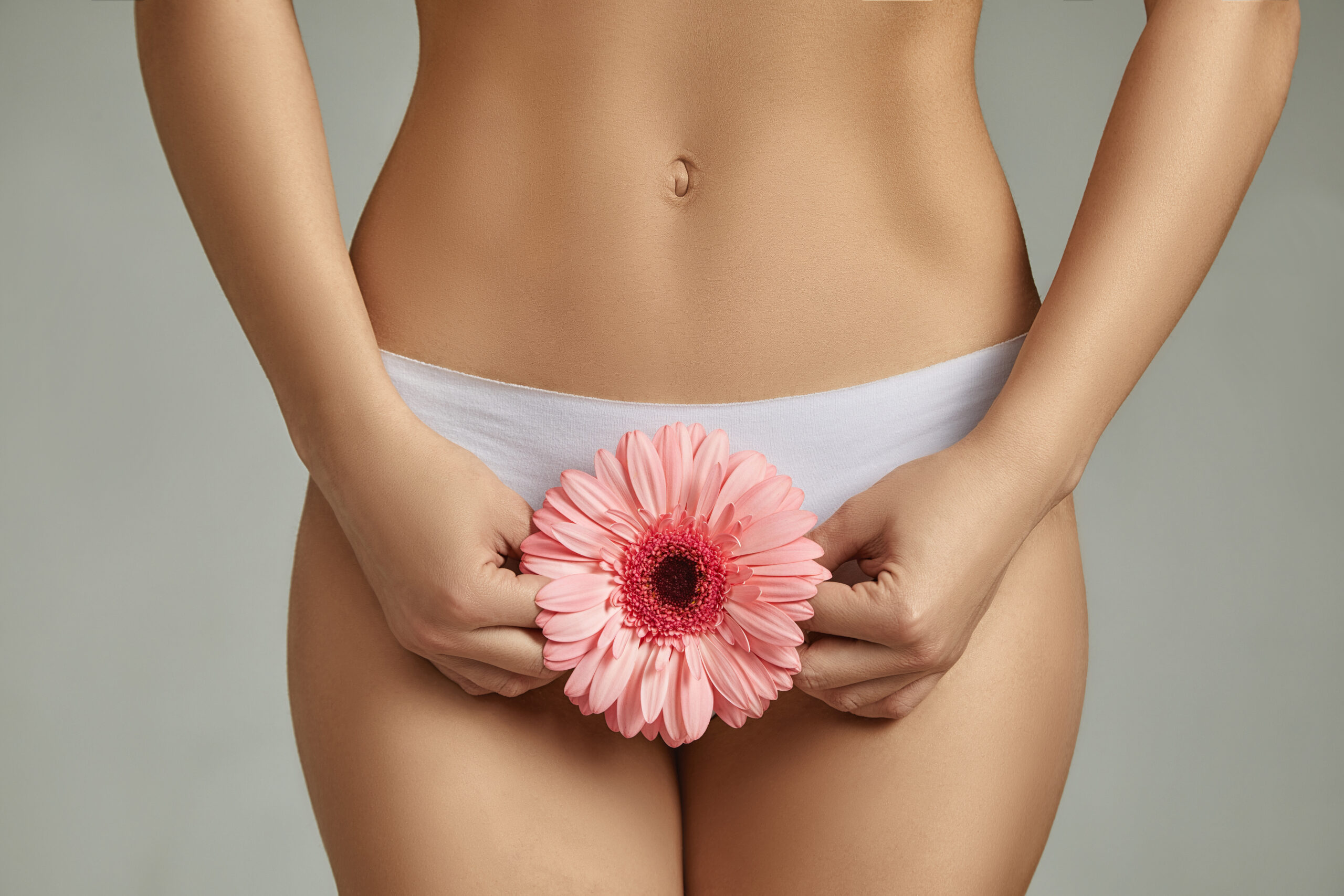- Face Lift
- Lip Lift
- Eyelid Surgery
- Rhinoplasty
- Temporal Lift
- Brow Lift
- Buccal Fat Removal
- Ear Surgery
- Forehead Reduction Surgery
- Neck Lift
- Hair Transplantation
- Tummy Tuck Surgery (Abdominoplasty)
- Breast Aesthetic
- Gynecomastia Surgery
- Liposuction (Fat Removal)
- Vaser Liposuction
- Vaser Hi-Def
- Mommy Makeover
- Body Lift Surgery
- Back Lift
- Brazilian Butt Lift
- Genital Aesthetics
- Leg Aesthetic
- Fat Injection

Genital Aesthetics
Enhancing Confidence with Genital Aesthetics Procedures
Genital aesthetics procedures offer a range of options using laser and surgical techniques. Due to the fast wound recovery in this area, they can be conveniently combined with other aesthetic operations. Labiaplasty and vaginoplasty are among the most commonly performed surgical aesthetic procedures.
Understanding Women’s External Genital Organs
Women’s external genital organs consist of various components, including the mons pubis (the bony area below the abdomen), outer labia (labia majora), inner labia (labia minora), the clitoris (located at the upper junction of the labia minora), and the membrane called the hymen. Issues related to the genital area are categorized into those arising during and after childbirth and developmental concerns.
Congenital Problems and Developmental Issues
Congenital problems may involve abnormalities in the outer or inner genital organs, non-development, or abnormal development. These issues may become evident at birth or manifest as menstrual problems during puberty.
Developmental problems refer to overdevelopment or underdevelopment of the genital anatomy, which initially had a normal structure but is affected by hormonal changes. This can significantly impact an individual’s psychological well-being during puberty.
Factors Leading to Genital Aesthetic Concerns
Various factors can contribute to aesthetic concerns in the genital area. These include hormonal changes during pregnancy, the cessation of hormonal effects during and after childbirth, birth trauma, or surgical interventions like episiotomy. Additionally, aging can result in a loss of elasticity and sagging in this region.
Exploring Vaginoplasty (Vagina Tightening Surgery)
Vaginoplasty is a surgical procedure aimed at addressing a loosened and less elastic vagina, which can lead to sexual dissatisfaction, reduced sensitivity, and difficulty achieving orgasm. This procedure, known as vaginoplasty, offers both functional and aesthetic benefits, ultimately enhancing patient satisfaction.
The primary objective of vaginoplasty is to tighten and rejuvenate the vagina, improving vaginal tightness and enhancing sexual pleasure for both men and women.
Key Benefits of Vaginoplasty
Vaginoplasty offers several advantages:
- Enhanced appearance and shape of the vagina.
- Restoration of proper function to weakened vaginal muscles.
- Improved tightness, resilience, and tone in the vaginal canal.
- Increased sexual pleasure for both partners.
The Vaginoplasty Procedure
Vaginoplasty typically takes between 45 minutes to 1 hour and is performed under either general anesthesia or sedation. The procedure involves discreet sutures, resulting in minimal visibility of scars and minimal pain. Patients can usually return to their daily routines within 2 days of the surgery. Pain, if experienced, can be managed with painkillers.
Recovery Following Vaginoplasty
Maintaining proper personal hygiene is crucial after vaginoplasty. Regular dressing changes for sutures and adherence to prescribed medications are essential. Sutures are typically removed automatically within 15-20 days.
Exploring Labioplasty (Inner and Outer Labia Alteration)
Labioplasty is a surgical procedure designed to reduce the size of the inner or outer labia and address sagging in the genital area. The inner labia, rich in sweat glands, can be susceptible to infections, leading to discomfort and odor that may affect sexual intimacy.
The Labioplasty Procedure
Labioplasty typically takes around 30-40 minutes and can be performed under sedation or general anesthesia, depending on the patient’s preference and the surgeon’s recommendation. Following labiaplasty, sitz baths with antiseptics are recommended for about 15 days. Sutures are typically removed within 3 weeks, and mild bleeding may persist for about a week. Patients can resume sexual activity approximately 3 weeks after the procedure.
Post-Labioplasty Care
Post-labioplasty care involves applying ice compresses to the surgical site for the initial 48 hours to reduce swelling and bleeding. Hygienic pads may be required for slight bleeding for up to 1 week. For the first 10 days, patients should use an antiseptic solution for toilet hygiene. Showers are allowed the day after the procedure, but bathing in a tub is discouraged. Adequate nutrition and avoiding constipation are crucial for the first 3 days before and 3 weeks after the operation to prevent strain that could affect the genital area.
Understanding Pubisplasty
Pubisplasty addresses changes in the pubic area, which may become prominent or sag due to factors such as aging or increased fat mass. The procedure may involve lifting the pubic region, removing excess skin, or even fat injections to achieve the desired aesthetic outcome.
The Pubisplasty Procedure
Pubisplasty typically involves reducing the prominence of the pubic peak by surgically removing excess fat from the vaginal area through an incision similar to that of a cesarean section. Alternatively, non-surgical techniques such as laser lipolysis and liposuction may be used. These procedures aim to create a smaller and more aesthetically pleasing pubic area.